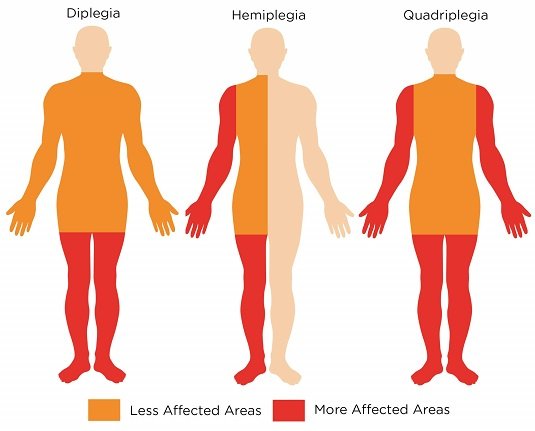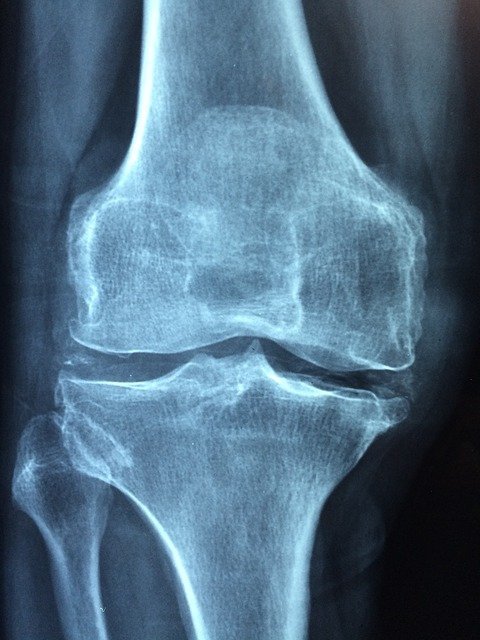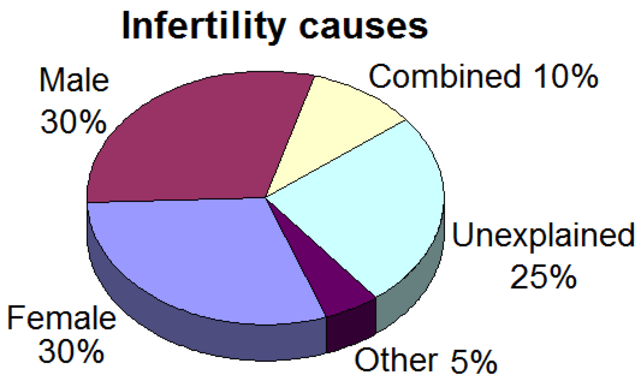Information on this site shall be considered as holistic, alternative and spiritual advice only. For medical advice and treatment a GP, medical professional and/or Certified Hijama Therapist should be consulted. In all circumstances where lifestyle changes, supplements, or other foods are suggested your GP should be consulted. Client Safety is the number one priority.
Complete Hijama Treatment Plan for Paralysis of One Side
Allow 2-4 weeks between sessions – longer if required. Hijama Points shown for each session should ONLY be used to guide the therapist. Body size, cup size, and any other conditions need to considered and appropriate care and attention taken. The number of sessions shown can be increased or reduced depending on the condition of the client.
Complete Treatment Plan
Click here for Session 1Click here for Session 2
Click here for Session 3
Click here for Session 4
Click here for Session 5
Click here for Session 6
Click here for Session 7
Standard Wet Points – 1,55,11,12,13,34 or 35
Click here for Hijama Points on the back of the bodyIf the client has a complicated history and numerous concerns then it is a good idea to use our online consultation service – click here.
Which body part or function is involved in Paralysis of One Side?

The function of all body systems is controlled by the central nervous system consisting of the brain and the spinal cord. The adult brain is divided into four main regions including the cerebellum, cerebrum, brain stem, and diencephalon. The neural activity in the brain controls a person’s conscious practices while sensory and motor pathways of the spinal cord control the coordination of the reflexes. The homeostasis of these intricate functions is regulated by the specialized brain area.
The corticospinal tract is composed of axons that convey movement-related information from the cerebral cortex to the spinal cord. It involves the signaling for movements like walking, reaching out to something, and specifically fine finger movements like typing and writing. When some damage occurs in the corticospinal tract in a person the functions like walking and reaching may be regained after some time, but these fine movements of fingers may not recover fully, suggesting that there are other tracts associated with the voluntary movement compensating for the lost corticospinal tract innervation but making an individual finger to move and perform the activity is solely a function of the corticospinal tract. The corticospinal tract is extended to the cerebral cortex from the lower spinal cord and intersects in the brainstem. Because of this intersection of the corticospinal in the brainstem, any damage to the right side of the cerebral hemisphere leads to paralysis of the left body part while in event of damage to the left of the cerebral hemisphere causes paralysis of the right side of the body.
What are the symptoms and effects of Paralysis of One Side on the body?
Hemiplegia is muscle paralysis that affects one side of the body due to damage to the brain or spinal cord injury. It damages the part of the brain involved in controlling the movement of the face, body, and limbs. There are two types of hemiplegia, congenital hemiplegia when it occurs before, during, or in the first two years of birth and acquired hemiplegia is the type that develops at any later stage of life. It is not a very common impairment affecting 1 in 1000 children and 80% of the cases reported are of congenital hemiplegia while 20% cases are acquired. This leads to problems in muscle control, muscle stiffness, and weakness with varying symptoms depending on the site of injury and location. the muscles of the body part that are affected by hemiplegia include the leg, arms, and lower face on one side of the body.
Hemiplegia is caused when corticospinal tracts in one of the hemispheres of the brain are damaged most commonly due to stroke. Other causes of hemiplegia include genetic mutations, infections of the brain, brain tumors, and brain trauma. Hemiplegia can affect one side of the body either left or right depending on the side of the brain that was damaged the patient will get the symptoms on the opposite side of the body.
The symptoms of hemiplegia can vary from person to person depending on the severity of the damage. Most common symptoms include difficulty in balance, low fine motor skills, difficulty walking, weakness, or stiffness of muscles of one side of the body. permanent contraction of muscle or spasticity. Hemiplegia when occurring in children delays their development compared to the other children. Sometimes the hemiplegia is caused due to brain injury that can cause symptoms not specifically related to hemiplegia. In this case, symptoms may include changes in behavior, seizures, memory and concentration difficulties, and speech impairments.
What changes in diet can help improve symptoms of Paralysis of One Side?
Eat a healthy and balanced diet to avoid the chances of stroke the most common cause of hemiplegia. Eat more food comprising whole grains, fruits, vegetables, avoid alcoholic beverages, eat food with low saturated fat and cholesterol, avoid a high intake of salt and added sugar. Eat a balanced diet to maintain a healthy weight.

Changes in lifestyle which can help Paralysis of One Side
Hemiplegia is a non-progressive disease and does not get worse over time. People living with hemiplegia can make certain lifestyle changes to improve their quality of life when living with hemiplegia. It is important to keep yourself active to the extent possible, make some adjustments in the house to aid movement for this purpose ramps, handrails, grab bars should be installed, and wear shoes that are flat and comfortable.
Possible alternative remedies for Paralysis of One Side
For the management of hemiplegia, joining a multidisciplinary rehabilitation center with physical and mental health professionals and therapists to help the patient with the rehab process is recommended. Physiotherapy help patients build strength, balance, and movement requiring coordination. Moreover, it can help in stretching spastic and stiffened muscles. The use of assistive devices like a walker, brace, and wheelchair is important in improving mobility and muscle control.




